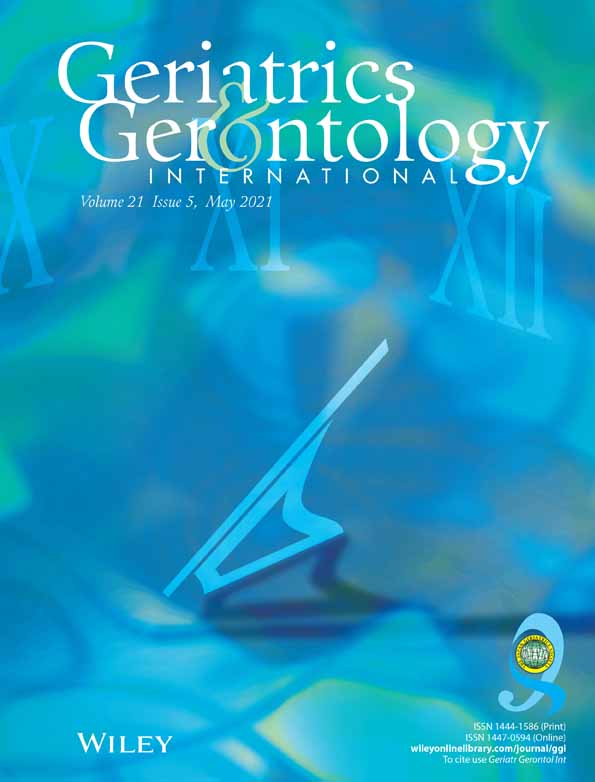Mid-arm muscle circumference as an indicator of exercise tolerance in chronic heart failure
Abstract
Aim
Skeletal muscle mass is associated with exercise tolerance in patients with chronic heart failure (CHF). Anthropometric indicators are used to evaluate skeletal muscle mass, as these can be easily assessed in clinical practice. However, the association between anthropometric indicators and exercise tolerance is unclear. This study aimed to investigate the association between anthropometric indicators and exercise tolerance in CHF patients.
Methods
We evaluated 69 patients with CHF. Mid-arm circumference, mid-arm muscle circumference (MAMC), calf circumference and body mass index were measured as the anthropometric indicators. Exercise tolerance was evaluated according to the peak oxygen uptake (VO2). Correlation analyses were carried out to determine the association between peak VO2 and anthropometric indicators. Furthermore, univariate and multiple regression analyses were carried out using peak VO2 as the dependent variable, and age, male, left ventricular ejection fraction, angiotensin II receptor blocker or angiotensin converting enzyme inhibitor, diuretics, B-type natriuretic peptide, estimated glomerular filtration rate, hemoglobin and anthropometric indicators as the independent variables.
Results
There were significant positive correlations between the peak VO2 and mid-arm circumference (rs = 0.378, P = 0.001), MAMC (r = 0.634, P < 0.001) and calf circumference (r = 0.292, P = 0.015). In multiple regression analysis, MAMC (β = 0.721, P < 0.001) and estimated glomerular filtration rate (β = 0.279, P = 0.007) were independent factors associated with peak VO2.
Conclusions
MAMC is independently associated with peak VO2 in CHF patients. Thus, MAMC could be an indicator of exercise tolerance, which is closely related to the severity and prognosis of CHF. Geriatr Gerontol Int 2021; 21: 411–415.




